This post contains affiliate links.
My mother was recently shopping around for new kitchen small appliances and decided that she wanted a stand mixer. She called me to ask me if wattage matters when using a stand mixer.
As a general rule, you should not make wattage the only criterion when buying a stand mixer. While the number can be high, the cup capacity of a stand mixer is a much more useful number. Before purchasing, consider the available features, like overload protection, hooks, timer, and splash guard.
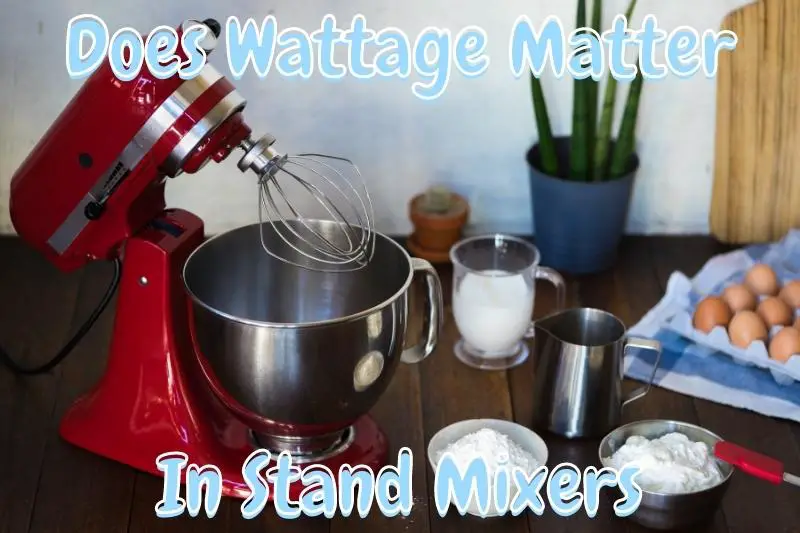
Let’s take a deeper dive into why buying a stand mixer based only on wattage is a bad idea. Then, we will look at some criteria that you will want to consider when selecting a new stand mixer. Here is what I told my daughter.
What should I look for when buying a stand mixer?
The most important criterion to look for when buying a stand mixer is its capacity. When preparing most baked goods, 5 quarts of capacity is needed. These are usually considered medium-sized stand mixers. Consider the machine’s other features and footprint before making a final buying decision.
Stand mixers for home use usually come in three capacities. The smallest ones have under a 4 qt. capacity. These are too small for mixing many things, so you may want to avoid them.
You can also find stand mixers that have over a 6 qt. capacity. While these mixers help combine larger qualities of many things, they are bigger and heavier. Therefore, if you have limited counter space, you may want to avoid them.
Most home cooks will love a 5-to-6 qt. option. These are big enough to mix most things. Yet, they are small enough not to take up a lot of space.
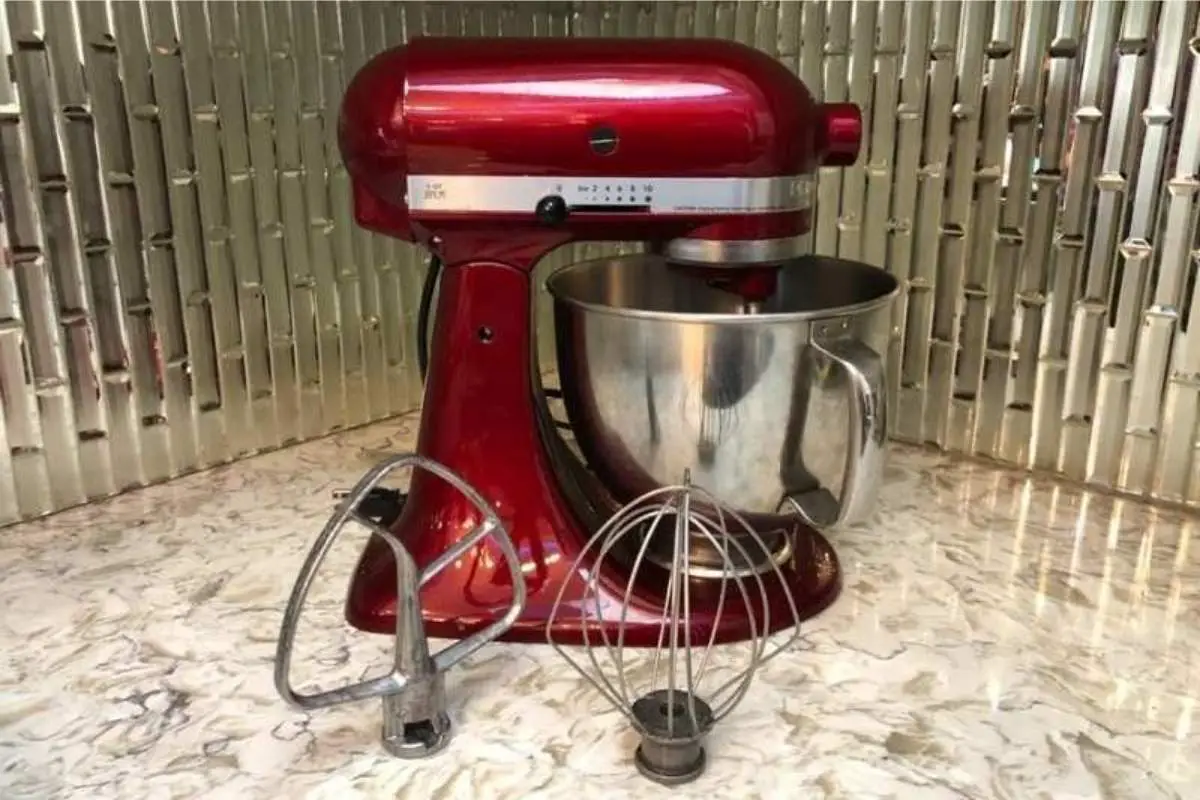
While I like to do my mixing by hand, I much rather prefer using a Stand Mixer instead. I recently wrote an article that talks about the 3 Best Stand Mixers that bakers can buy in each stage of their baking journey. After reviewing a few stand mixers, the Best Overall Mixer was the KitchenAid Artisan Tilt-Head Stand Mixer. You can check out this stand mixer on Amazon!
In addition to the capacity of the mixer, there are other features that you may want to consider including:
- Oversplash protection – This will help keep items in the mixing bowl
- Available hooks – At a minimum, you want a whisk, dough hook, and beaters
- Timer – This allows you to time what you are mixing so that you do not overbeat items
- Electric hubs – This allows you to plug other electronic devices into your stand mixer
- All-metal construction – This ensures that the mixer is tough enough to last
- Adjustable speed – Look for options with 10-to-12 speeds
Each one of these factors need to be considered when picking out a stand mixer with the wattage being close to last place.
Below, I will break down exactly how much wattage you need for each type of mixing need.
How much does stand mixer wattage matter when using them?
Generally speaking, you should avoid any stand mixer with less than 250 watts of power because it will not be powerful enough to handle most bread doughs. This number represents the power of the motor. It does not necessarily reflect how much energy your mixer will use when mixing delicious goodies.
*By the way, you might also want to know How To Mix Batter Without a Mixer. I recently wrote an article talking about The Right Ways of Mixing Batter By Hand, which you can check out here!
How many watts do I need in a stand mixer?
In general, a stand mixer should have at least 250 watts of power. People who regularly mix bread dough need to consider options with at least 500 watts of power, but it does not matter after that. Instead, consider options with added features and those stable enough to stay in place when using them.
The wattage of a stand mixer tells how powerful the motor is, and it does not always translate to a better working machine. You will want to choose options with at least 250 watts of power so that the mixer’s motor has enough power to mix most things.
Here’s a chart to show what wattage stand mixer to use for which mixing purpose:
| Type of Mixing | Wattage Needed |
|---|---|
| Cake Batter | 250 Watts or Higher |
| Bread Dough | 500 Watts or Higher |
| Everything | 1,000 Watts or Lower |
*By the way, I recently wrote an article about All The Different Mixing Methods in Baking. This article talks about the 10 different mixing ways you can use when making your baked goods. You can check out this article here!
If you often mix bread doughs or other sticky things, choose an option with over 500 watts of power.
The mixer may use its watts in many ways that do not affect its ability to mix up your food. Therefore, a much more useful measurement is horsepower. This is the force that the stand mixer’s motor can generate.
Is a higher wattage stand mixer better?
Generally speaking, a higher wattage stand mixer is not necessarily better. A higher wattage stand mixer may not offer the revolutions per minute needed to mix up all the ingredients and it may also have too much power, which often leads to overmixing.
These types of stand mixers also may not equate to the horsepower the machine’s motor has available to mix your ingredients.
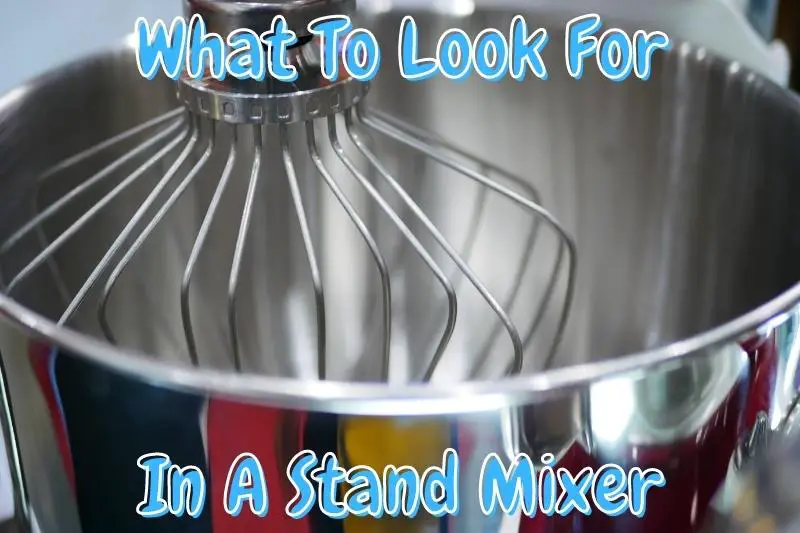
*By the way, I wouldn’t be able to fix my runny buttercream frosting if I didn’t have the right type of mixer. For this situation, I used a 5-Speed Electric Hand Mixer which can get the job done! You can check out the Hand Mixer I use on Amazon!
The horsepower can be divided to do many tasks depending on the model. It may turn the attached hook, turn the bowl and force air and hydration into your mixture.
Therefore, you need to consider this number carefully.
Based on the mixer’s speed setting, you can control the revolutions per minute. You should never mix bread over the second-speed setting. Generally, most loaves of bread will need between 285 and 475 revolutions to incorporate the ingredients.
Should I buy a stand mixer only based on its wattage?
In general, you should not buy a stand mixer based only on its wattage. The wattage tells you how much power gets to the motor, but it does not tell you what the motor does with the power. You should consider many other factors, including its revolutions and features, before making a buying decision.
One of the most significant factors to consider is revolutions. The ability to control this number at the mixer’s lowest speeds is essential to incorporate ingredients into bread and other foods properly. It helps ensure that the air and moisture incorporate into your food at the right time in the correct amounts.
You will also want to consider the capacity of the stand mixer. You will not want one that is less than 5 qts.
Additionally, buying one that is too big for your needs will eat up counter space that you may not have to give up in your kitchen.
Also, consider the beater size. You want an option with beaters that are at least 66% as long as the depth of the mixing bowl. This helps ensure that all the ingredients in your food get incorporated into it.
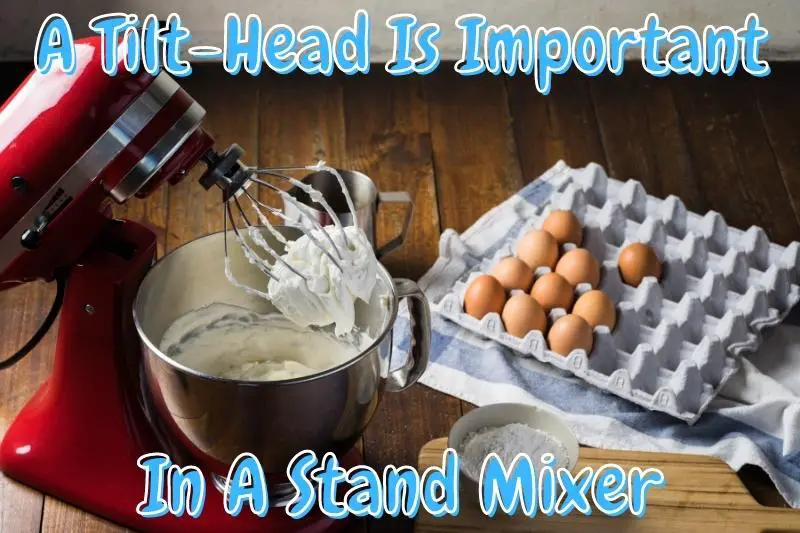
*By the way, I recently wrote an article about Fixing Lumpy Buttercream Frosting. This article breaks down why your frosting might have lumps in it as well as how to fix and prevent lumpy frosting. You can check out this article here!
Decide if a bowl-lift or a tilt head is the right choice. With a tilt-head mixer, the head of the mixer raises so that you can twist the bowl in place.
Alternatively, on a bowl-lift mixer, the head stays in place, and the bowl rises and lowers so that you can add your ingredients.
There are many more choices in tilt-head mixers than in bowl-lift mixers. Tilt-head mixers are ideal for general use for small and medium-sized families. Bowl-lift mixers are perfect if you usually cook in large quantities or make heavier doughs.
You also need to decide which type of mixing action best meets your needs. While most manufacturers have moved away from rotary mixers, you may still see a few because they are cheaper to produce since they have fewer moving parts.
The issue with these stand mixers is that they only stir your food as the hook and the bowl turn in the same direction, taking longer to incorporate ingredients.
Planetary-motion mixers are the most common. The head on these mixers turns in one direction while the attachment turns in the other direction simultaneously. These mixers do a superior job of mixing up your food.
Spiral mixers are outstanding if you often bake bread and pastries because the bowl and attachment rotate. These mixers keep the food at a lower temperature, which helps ensure that the bread does not prematurely ferment.
This is possible because they have two different motors, so these mixers are usually more expensive.
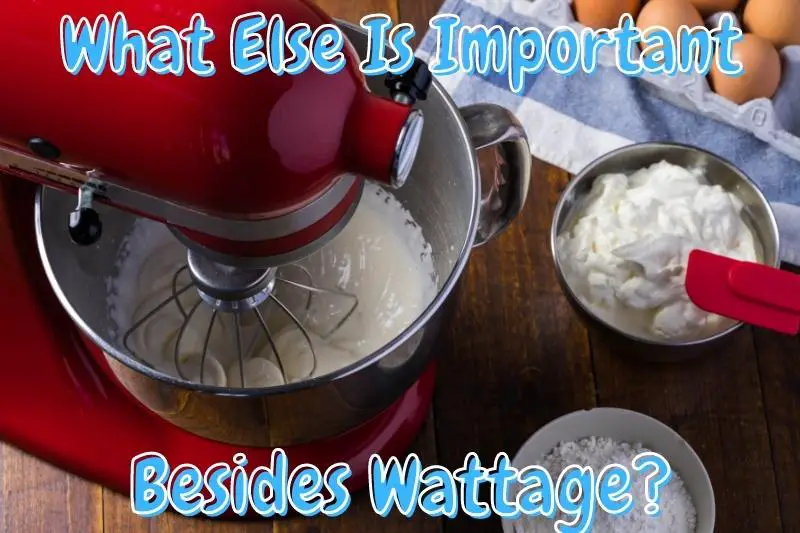
*Side Note: I recently wrote an article that talks about Why Your Buttercream Frosting is So Grainy. This article talks about how to fix grainy frosting by making it smooth again. You can check out this article here!
Another thing to think about is the gears in the stand mixer. You need to choose an option that has all-metal gears. Even though they are noisier, they will last longer.
When considering the gears, look for options where they are made from brass or steel as they will be the strongest. You should also select an option with electronic sensors that will shut off the motor before it if something goes wrong.
Many stand mixers are lightweight. Therefore, they walk when you are trying to use them. Look for options that weigh at least 20 pounds while giving special consideration to those that weigh even more.
Many stand mixers come with a warranty. Consider what is covered by the warranty.
You may want to consider if shipping is included and the estimated turnaround time as you do not want to be without your mixer or pay its value to ship it to be repaired.
Especially if you plan on leaving your stand mixer out in your kitchen, consider its color. You will want one that goes with your kitchen décor. Since it may be a long time before you buy another one, look for neutrals as the unit will still fit in if you decide to redo your décor.
*By the way, I recently wrote an article about If It’s Worth Investing Into A KitchenAid Stand Mixer. This article breaks down all the features of a KitchenAid stand mixer compared to other stand mixers and lets you know whether or not it’s worth getting this mixer over the others. You can check out this article here!
